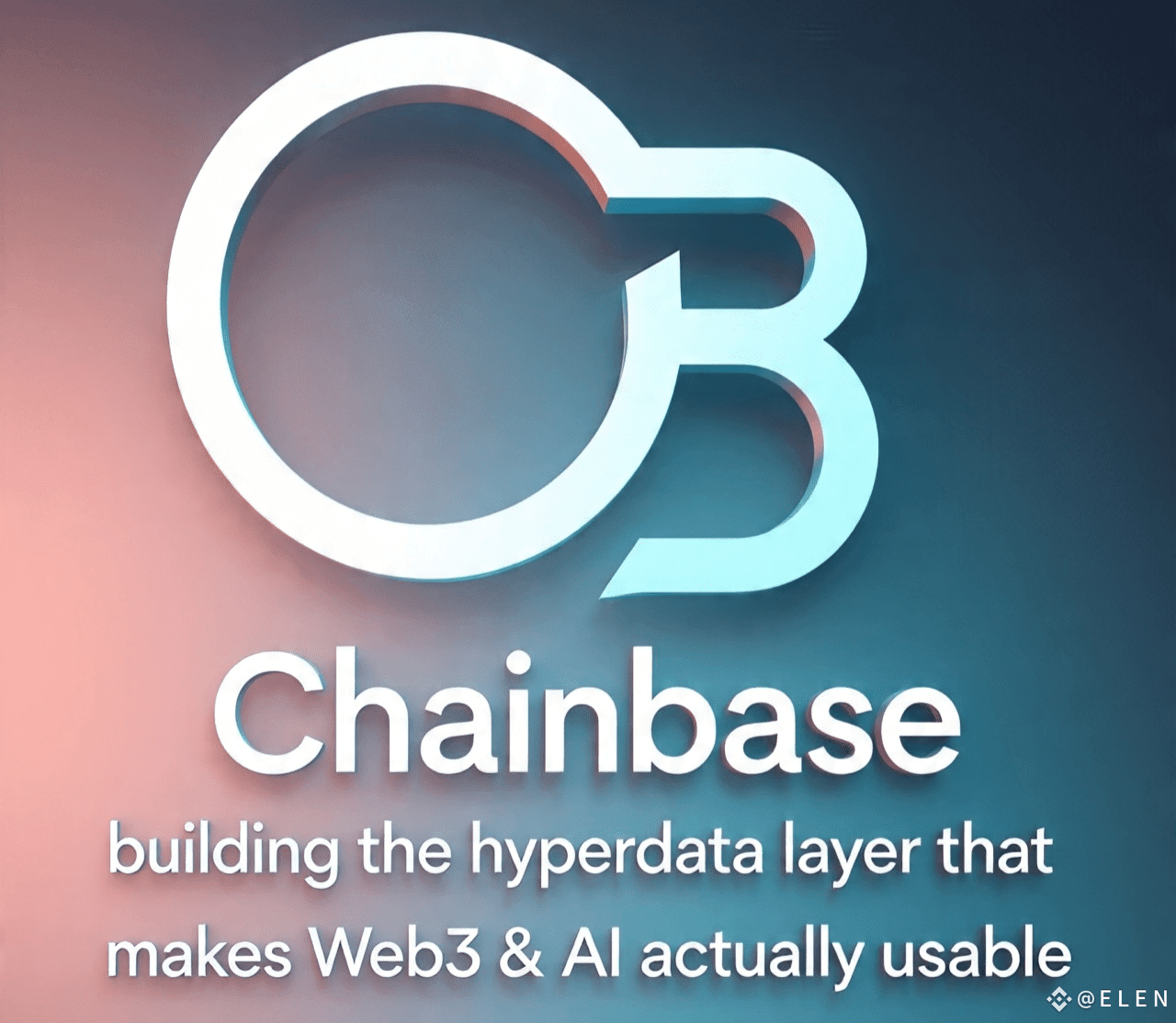
Blockchains generate enormous volumes of useful signals, but raw ledger data is noisy, fragmented across chains, and often awkward to consume for modern applications. Chainbase addresses that exact problem by packaging on-chain and off-chain information into reliable, low-latency datasets developers can query and embed directly into apps and AI systems. In short: Chainbase aims to be the “hyperdata” layer that turns ledger noise into production-grade intelligence.
From raw blocks to AI-ready datasets
At the core of Chainbase is a multi-layer data pipeline: ingest diverse chain state, index and normalize events, expose structured endpoints (REST, SQL-like queries, streaming webhooks), and let apps or ML agents consume consistent views of the world. This matters because AI agents and analytics engines need deterministic, auditable inputs — not flaky RPC calls or half-synced nodes. Chainbase’s product offers both point queries (balances, token transfers, NFT ownership) and stitched datasets that combine historical context with real-time updates, so users can build trustable pipelines without reinventing an indexer.
Real-time streams and developer ergonomics
Two features set Chainbase apart for builders: real-time streaming (webhooks, socket feeds) and simple, well-documented REST/SQL APIs. The platform’s streaming hooks let teams subscribe to specific events and react instantly — crucial for bots, on-chain risk systems, or real-time dashboards. Meanwhile, the SQL/REST endpoints dramatically shorten development cycles: teams query production-grade datasets rather than spending weeks building their own indexers. That developer friction reduction is the practical reason many teams favor Chainbase over running bespoke infra.
Scale, verifiability, and multi-chain reach
Chainbase positions itself as an omnichain service: many of the same query primitives work across EVM chains, Solana, and others. For products that need cross-chain cohesion — wallets, DEX aggregators, analytics firms — that consistency is a major time saver. In addition, Chainbase offers features (sync sinks to S3, Postgres, Snowflake) that let organizations keep canonical data copies for governance, audits, or advanced ML training, blending Web3 openness with enterprise tooling needs.
Product examples that benefit immediately
Trading desks & quant shops: stable, low-latency feeds and historical snapshots essential for backtesting and live execution.
NFT marketplaces & indexers: instant, accurate ownership views and history for UI and moderation tools.
DeFi dashboards & risk managers: composable metrics (TVL, liquidity depth, concentration) produced without stitching multiple APIs.
AI agents & oracles: verifiable data inputs that can be used as evidence in automated on-chain decisions or ML inference pipelines.
Where Chainbase fits into the stack
Think of Chainbase as a practical mashup of BigQuery, The Graph, and a high-quality RPC provider — but built for Web3 semantics (token flows, events, merkle proofs) and with real-time delivery guarantees. The platform’s pricing tiers reflect that orientation: free developer tiers for experimentation and paid plans that unlock higher throughput and real-time syncs for production workloads. That commercial model makes adoption straightforward for startups and scale-up teams alike.
Challenges and the path forward
No single provider can eliminate all data risk: attribution, subtle chain forks, and label accuracy still require careful handling. Chainbase reduces a great deal of the burden, but sophisticated teams should combine Chainbase outputs with independent checks for high-stakes flows. That said, Chainbase’s continual investments in dataset hygiene, multi-chain coverage, and documentation make it one of the most pragmatic choices available today for teams that need reliable, production-grade Web3 data.
Bottom line: Chainbase converts messy on-chain signals into usable, auditable, and real-time datasets. For builders who want to ship products and models (not operate distributed indexers), Chainbase is a compelling infrastructure layer that speeds development and improves data quality across the stack.



